
02 Jun GENEALOGY Newsletter- June 3, 2023
Contents
- 1 GENEALOGY- MORE ABOUT DARIEN- GEORGIA THAT IS, AND THE SCOTSMEN’S ATTEMPTS TO PROHIBIT SLAVERY, AND LETTING DAUGHTERS INHERIT LAND
- 2 GENEALOGY- THE DARIEN RESOLUTIONS
- 3 GENEALOGY- IN OUR LAST ARTICLE ON THE CONTINUING SERIES ABOUT ANOTHER WEALTHY PERSON YOU PROBABLY NEVER KNEW EXISTED
- 4 GENEALOGY- MAD AND OFFENSIVE’ TEXTS SHED LIGHT ON THE ROLE PLAYED BY MINSTRELS IN MEDIEVAL SOCIETY
- 5 POST-HOLE PROTEST:
- 6 GENEALOGY- YOUR ANCESTORS ARE WAITING TO BE DISCOVERED!
 GENEALOGY- MORE ABOUT DARIEN- GEORGIA THAT IS, AND THE SCOTSMEN’S ATTEMPTS TO PROHIBIT SLAVERY, AND LETTING DAUGHTERS INHERIT LAND
GENEALOGY- MORE ABOUT DARIEN- GEORGIA THAT IS, AND THE SCOTSMEN’S ATTEMPTS TO PROHIBIT SLAVERY, AND LETTING DAUGHTERS INHERIT LAND
The British built Fort King George in 1721 (see picture), near what would become Darien. At the time, it was the southernmost outpost of the British Empire in North America. The fort was abandoned in 1727 following attacks from the Spanish. Its remains constitute the oldest fort on the Georgia coast.
The town of Darien (originally known as “New Inverness”) was founded in January 1736 by Scottish Highlanders (some found in your genealogy) recruited by James Oglethorpe to act as settler-soldiers protecting the frontiers of Georgia from the Spanish in Florida, the French in the Alabama basin, and the Indian allies of each colonial enterprise. On January 10, 1736, 177 emigrants, including women and children, arrived on the Prince of Wales to establish Darien, which was named after the Darien scheme, a former Scottish colony in Panama.
see our earlier article: https://dancestorsgenealogy.com/ancestors-newsletter-may-20-2023/
The Scots originated mainly from around Inverness and consisted of Jacobite and Hanoverian supporting clans, most of whom spoke only Gaelic. When visited by Oglethorpe in February, the settlers had already constructed “a battery of four pieces of cannon, built a guardhouse, a storehouse, a chapel, and several huts for particular people.” Darien was laid out following the now-famous Oglethorpe Plan.
They showed similar progress in the construction of military forts: by March, the Scottish settlers had begun work on two forts, Fort St. Andrews on Cumberland Island and Fort St. George on the St. Johns River, 60 mi (100 km) to the south of the territory claimed by the British government in the Georgia charter.
In 1736, the British abandoned Fort St. George by agreement with the Spanish officials in Florida. In 1736 Darien settlers began work on Fort Frederica on St. Simons Island, a few miles south of Darien, between it and Cumberland Island. Scots settlers whose travel was paid for by the Trustees of the Colony were organized into two companies, the Highland Independent Company of Foot, an infantry force, and the Highland Rangers, a mounted force. By 1737 the constant military activity of the Darien colony was taking its toll. An additional 44 Highland settlers arrived to expand the town.
Initially, the settlers’ economy was based on the cultivation of crops; however, after the first year, they suffered a succession of poor harvests. As a result, they concentrated on rearing cattle and harvesting timber for sale in nearby Savannah.
In 1739 eighteen of the most prominent members of the Darien colony signed the first petition against the introduction of slavery into Georgia in response to pleas to Oglethorpe and the trustees by inhabitants of Savannah to lift the prohibition of slavery. The Highlanders’ petition was successful, but slavery was introduced ten years later, in 1749, because the proprietors could not attract enough laborers to make the colony profitable.
Conflicts continued with Spanish and Indian forces during this time. The War of Jenkins’ Ear began in October 1739. In November, in response to two Scots garrisoned on Amelia Island being killed in an ambush by Spanish-allied Indians, the Darien settlers mobilized and, together with forces from South Carolina, captured the Spanish forts Picolata, San Francisco de Pupo, San Diego, and Mose, before attempting to lay siege to St. Augustine. The Spanish won the Battle of Fort Mose, killing or capturing 51 Darien settlers.
After the battle, a number of the settlers abandoned Darien for South Carolina. By 1741 another shipload of 43 colonists had arrived. These colonists received land grants from the trustees, which specified that the land was to pass to the male or female descendants of the original recipients in “Tail General”. The trustees were trying to keep settlers in the colony. Previously, all land grants in the American colonies had been granted in “Tail Male”, descending to only male children. The Highland settlers objected to the change, which went against their traditional patrilineal landholding and inheritance practices. In the future, most Georgia land grants were made in “Tail General”.
 GENEALOGY- THE DARIEN RESOLUTIONS
GENEALOGY- THE DARIEN RESOLUTIONS
To show the world that we are not influenced by any contracted or interested motives, but a general philanthropy for all mankind, of whatever climate, language, or complexion, we hereby declare our disapprobation and abhorrence of the unnatural practice of Slavery in America, (however the uncultivated state of our country, or other specious arguments may plead for it,) a practice founded in injustice and cruelty, and highly dangerous to our liberties, (as well as our lives,) debasing part of our fellow-creatures below men, and corrupting the virtue and morals of the rest; and is laying the basis of that liberty we contend for (and which we pray the Almighty to continue to the latest posterity) upon a very wrong foundation. We therefore resolve, at all times to use our utmost endeavours for the manumission of Slaves…
— Darien Committee, Darien Resolutions, January 12, 1775
The resolutions were referenced in the 1857 article above.
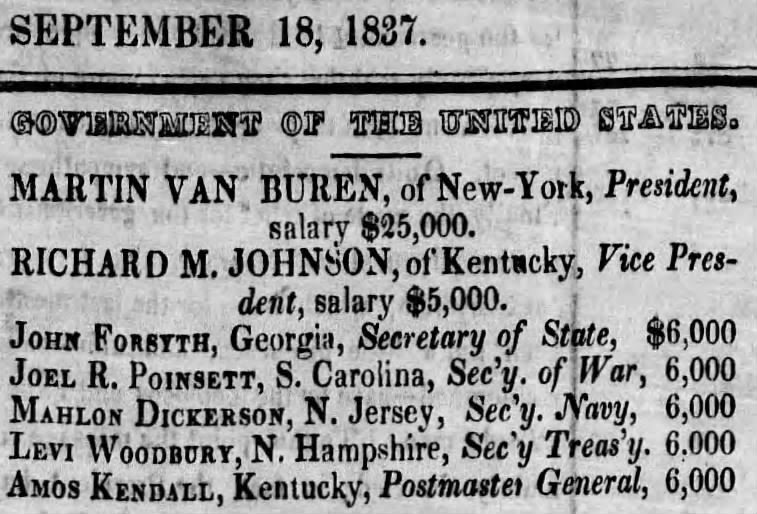
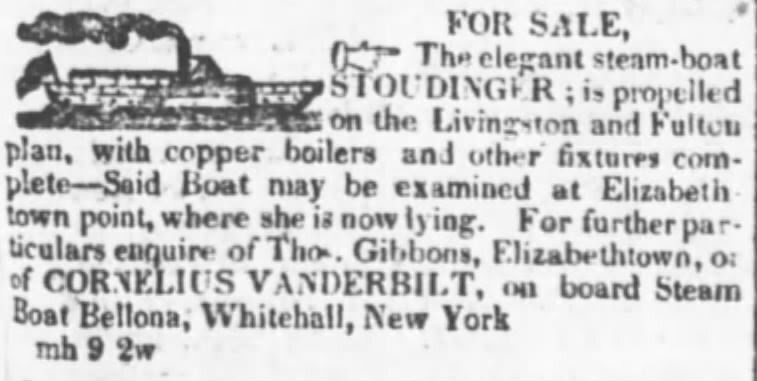
 GENEALOGY- IN OUR LAST ARTICLE ON THE CONTINUING SERIES ABOUT ANOTHER WEALTHY PERSON YOU PROBABLY NEVER KNEW EXISTED
GENEALOGY- IN OUR LAST ARTICLE ON THE CONTINUING SERIES ABOUT ANOTHER WEALTHY PERSON YOU PROBABLY NEVER KNEW EXISTED
Henry Huttleston Rogers (January 29, 1840 – May 19, 1909) was an American industrialist and financier. He made his fortune in the oil refining business, becoming a leader at Standard Oil. He also played a major role in numerous corporations and business enterprises in the gas industry, copper, and railroads.
Rogers’ success in the oil industry began with Charles Pratt in 1866, when he invented an improved process by separating naphtha from crude oil during oil refining. John D. Rockefeller bought his and Pratt’s business in 1874, and Rogers rose rapidly in Standard Oil. He designed the idea of a very long pipeline for transporting oil instead of railway cars. In the 1880s, he broadened his interests beyond oil to include copper, steel, banking, railroads, and the Consolidated Gas Company that provided coal gas to major cities. By the 1890s, as Rockefeller withdrew from the oil business, Rogers was a dominant figure at Standard Oil. In 1899, Rogers set up the Amalgamated Copper Trust, based in Butte, Montana, that dominated the industry in high demand as the nation needed wire to build its electric networks. His last major enterprise was building the Virginian Railway to service the West Virginia coal fields. After 1890, he became a prominent philanthropist and a friend and supporter of Mark Twain and Booker T. Washington.
His biographer states:
A strange dualism characterized Rogers. Pitiless in business deals, in his personal affairs he was warm and generous, and at sixty, according to Tarbell, “by all odds, the handsomest and most distinguished figure in Wall Street.” …Rogers delighted in outwitting his contemporaries and in exercising power that comes from great wealth. However, he flourished just as the Gilded Age was giving way to the Progressive Era, and therefore his drive to power was frustrated by reforms and changes to more acceptable management styles that the twentieth century was ushering in.
Rogers was an energetic man and exhibited ruthlessness and iron determination. However, in the financial and business world, he could be grasping and greedy and operated under a flexible moral code that often stretched the rules of honesty and fair play. On Wall Street in New York City, he became known as “Hell Hound Rogers” and “The Brains of the Standard Oil Trust.” As times were changing, he was considered one of the last and great “robber barons” of his day. Nevertheless, Rogers amassed a great fortune, estimated at over $100 million. He invested heavily in various industries, including copper, steel, mining, and railways.
Much of what we know about Rogers and his business dealings was recorded by others. His behavior in public Court Proceedings provides some better examples and insight. Rogers’ business style extended to his testimony in many court settings. For example, before the Hepburn Committee of 1879, investigating the railroads of New York, he fine-tuned his circumlocutory, ambiguous, and haughty responses. His most intractable performance was later in a 1906 lawsuit by the state of Missouri, which claimed that two companies in that state registered as independents were subsidiaries of Standard Oil, a secret ownership Rogers finally acknowledged.
In Marquis Who’s Who for 1908, Rogers listed more than twenty corporations of which he was either president and director or vice president and director.
At his death, he held assets later estimated to be worth $100 million, but a 2012 critical examination of his wealth considers $41,000,000 (equivalent to $1,335,000,000 in 2022) a closer estimate.
Rogers developed close friendships with two notable Americans: Mark Twain (pictured with Rogers above) and Booker T. Washington. He was instrumental in the education of Helen Keller. Urged on by Twain, Rogers and his second wife financed her college education.
In 1899, Rogers had a luxury steam yacht built by a shipyard in the Bronx. At 471 tons, the Kanawha was 200 feet (61 m) long and manned by a crew of 39. For the final ten years of his life, Rogers entertained friends as they sailed on cruises mostly along the East Coast of the United States, north to Maine and Canada, and south to Virginia. I wonder who researched his genealogy?
 GENEALOGY- MAD AND OFFENSIVE’ TEXTS SHED LIGHT ON THE ROLE PLAYED BY MINSTRELS IN MEDIEVAL SOCIETY
GENEALOGY- MAD AND OFFENSIVE’ TEXTS SHED LIGHT ON THE ROLE PLAYED BY MINSTRELS IN MEDIEVAL SOCIETY
They were the stand-up comedians of their day, and they mocked all at great risk. Read more at:
POST-HOLE PROTEST:
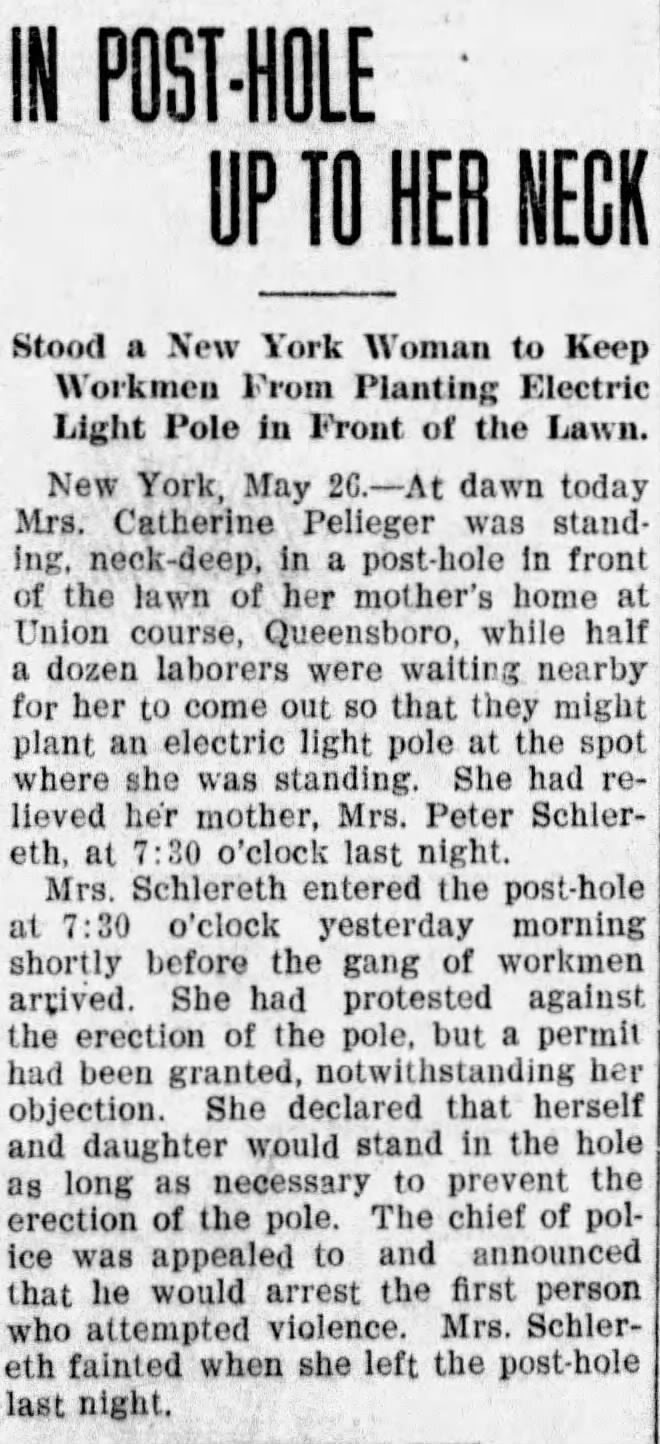
 GENEALOGY- YOUR ANCESTORS ARE WAITING TO BE DISCOVERED!
GENEALOGY- YOUR ANCESTORS ARE WAITING TO BE DISCOVERED!
Reach out to Dancestors and let us research, discover, and preserve your family history. No one is getting any younger, and stories disappear from memory every year and eventually from our potential ability to find them. Paper gets thrown in the trash; books survive, record your genealogy! So do not hesitate and call me @ 214-914-3598.


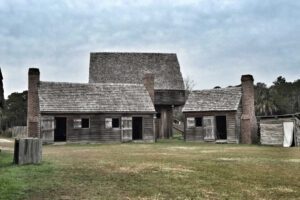 GENEALOGY- MORE ABOUT DARIEN- GEORGIA THAT IS, AND THE SCOTSMEN’S ATTEMPTS TO PROHIBIT SLAVERY, AND LETTING DAUGHTERS INHERIT LAND
GENEALOGY- MORE ABOUT DARIEN- GEORGIA THAT IS, AND THE SCOTSMEN’S ATTEMPTS TO PROHIBIT SLAVERY, AND LETTING DAUGHTERS INHERIT LAND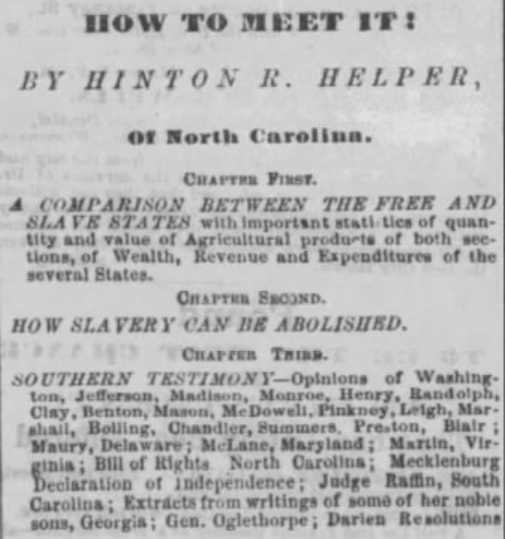 GENEALOGY- THE DARIEN RESOLUTIONS
GENEALOGY- THE DARIEN RESOLUTIONS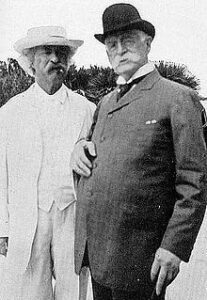 GENEALOGY- IN OUR LAST ARTICLE ON THE CONTINUING SERIES ABOUT ANOTHER WEALTHY PERSON YOU PROBABLY NEVER KNEW EXISTED
GENEALOGY- IN OUR LAST ARTICLE ON THE CONTINUING SERIES ABOUT ANOTHER WEALTHY PERSON YOU PROBABLY NEVER KNEW EXISTED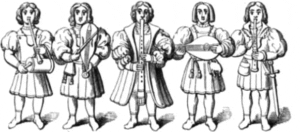 GENEALOGY- MAD AND OFFENSIVE’ TEXTS SHED LIGHT ON THE ROLE PLAYED BY MINSTRELS IN MEDIEVAL SOCIETY
GENEALOGY- MAD AND OFFENSIVE’ TEXTS SHED LIGHT ON THE ROLE PLAYED BY MINSTRELS IN MEDIEVAL SOCIETY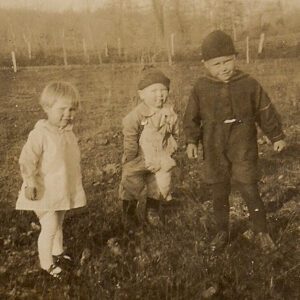 GENEALOGY- YOUR ANCESTORS ARE WAITING TO BE DISCOVERED!
GENEALOGY- YOUR ANCESTORS ARE WAITING TO BE DISCOVERED!